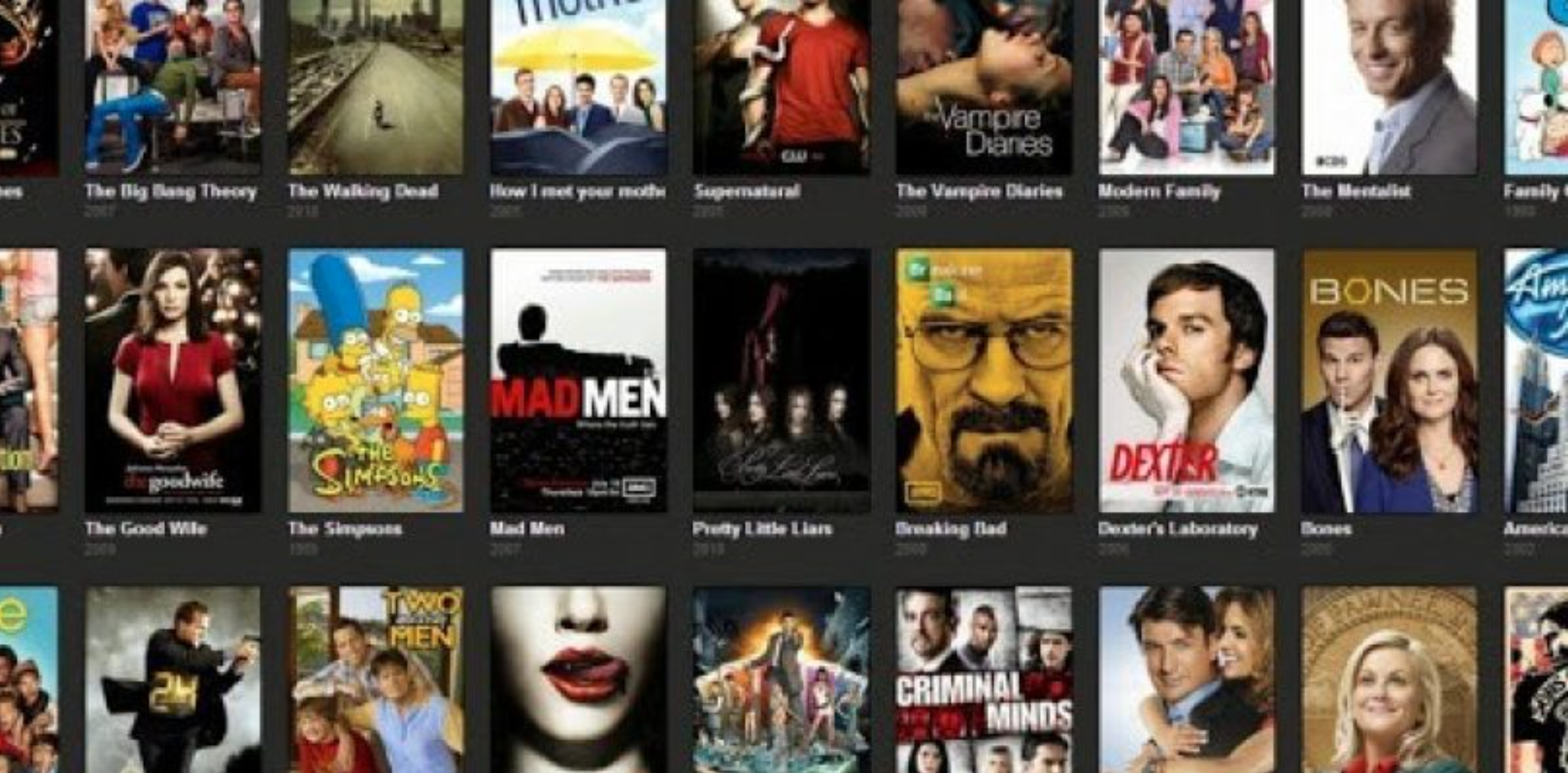Reputation management is often seen as fighting or reducing negative content.
However, it’s more helpful to approach your brand reputation with a different perspective.
Negative reviews, opinions, and comments are part of the game. You can’t avoid them.
Companies that actively fight critics tend to turn people off because it looks like they have something to hide.
What you can do instead is to overwhelm negative sentiment with so much positive content from others, that a 1-star review becomes irrelevant.
For example, say for every 100 reviews you have this type of distribution:
- 70 5-star reviews
- 15 4-star reviews
- 10 3-star reviews
- 3 2-star reviews
- 2 1-star reviews
If you take the average of that, it comes to 4.5 stars.
In other words, the whole reflects very favorably.
Those couple 1-star reviews, a few 2-star reviews, and a smattering of lukewarm reviews don’t really matter all that much.
But it’s easier said than done.
Here are some strategies to accomplish this.
Table of Contents
Find your audience of superfans
Not all of your customers are raving fans of your brand.
Superfans don’t just buy what you do, but why you do it.
They are your brand’s advocates and spread positive content about you.
Once you know where your raving fans – or potential ones – hang out, and what language they use, you can tap into opportunities to get in touch with them:
- Leverage relevant hashtags.
- Attend popular trade shows.
- Make appearances on or sponsor well-liked podcasts.
- Team up with influencers or publications.
Build a community
You can build your own community using Facebook groups.
When you give a place to your followers to hang out, you can:
- Improve user engagement.
- Collect product improvement feedback.
- Develop an audience of superfans.
Tap into an existing community
Reddit can be a powerful platform here.
Find the most relevant subreddits to your brand and engage with other posts, or start your own threads.
Use your personal brand
There are many companies whose reputation has been boosted by the personal brand of its founder or CEO.
Take Gary Vaynerchuck for example.
He’s everywhere constantly sharing content, expanding his personal brand, and promoting his companies.
A personal brand requires authenticity and consistency.
But it makes it easier to connect with other influential personalities in your space.
You can go on interviews, or partner up with other influencers. There are unlimited chances of doubling your audience.
Growing the positive sentiment toward your brand is the best way to protect it from negative reviews.
Why you *should* use negative reviews in your marketing
What’s your first thought when you get a negative review? Sad? Disappointed? Excited to improve?
Sometimes a negative review can be the most compelling message your marketing could ever send. Here’s why.
While it’s important to know who your product is for, it’s just as important to know who your product is not for.
Negative reviews can help you clarify your positioning – for both yourself and your customers.
Here are two great examples:
Liquid Death
This brand is renowned for using bad reviews and critical social media comments to show who they are not for.
As they like to say, Liquid Death is “proudly not for everyone.”
The Economist
They often pull quotes from negative reviews, then attribute them to people like Management Trainee, Aged 42, who said, “I never read The Economist,” to position themselves as the publication for intelligent, ambitious readers.
Don’t make this mistake with Google Reviews
This is for all of you who run a local business or do marketing for local businesses.
In case you didn’t know already…
Google’s review filter is getting stricter.
So it’s easier than ever to do the wrong thing and get your Google Reviews hidden.
A good example of this? Writing reviews from the same IP address.
We know… it’s hard to see why Google doesn’t like this. After all, it’s not like you’re not writing fake reviews from your basement, you know?
Well, kinda.
For many businesses, your best shot at getting a customer review is asking them on the spot.
But if all of those customers are sending reviews from the same building and WiFi network – like from a hotel lobby, for example – Google may flag these reviews and hide them.
So keep chasing those sweet, sweet five-star reviews… just don’t ask customers to do it from your store or lobby.


